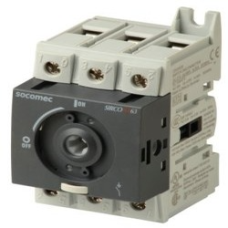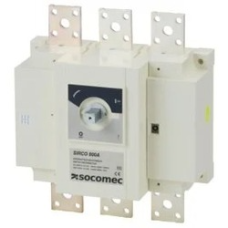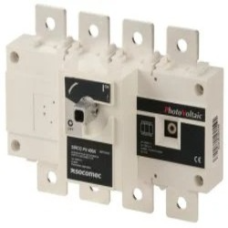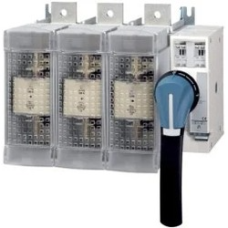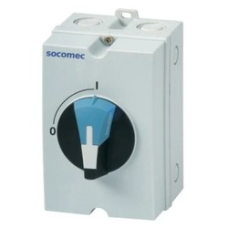In the electrical field, it is essential to clearly understand the difference between a switch disconnector and a circuit breaker. These two devices are often confused, but their role in an electrical installation is not the same.
Below is a detailed comparison to help you choose between a disconnect switch, switch disconnector, or circuit breaker according to your needs.
Switch Disconnector vs Circuit Breaker: Quick Summary
| Function | Switch Disconnector (Disconnect Switch) | Circuit Breaker |
| Manual circuit disconnection | Yes | Yes |
| Automatic disconnection on fault | No | Yes (short-circuit, overload) |
| Protection of people/equipment | No | Yes |
| Isolation for maintenance | Yes | Yes (secondary) |
| Main use | Safety / maintenance | Protection and safety |
What is a Switch Disconnector (Disconnect Switch)?
A switch disconnector (also called a disconnect switch) is used to manually disconnect the electrical supply of a circuit to perform work safely.
Unlike a circuit breaker, it does not provide protection against overloads or short circuits. Its main purpose is to isolate part of the electrical installation.
What is a Circuit Breaker?
A circuit breaker is an electrical protection device. It automatically detects an overload or a short circuit and disconnects the power to prevent accidents (fire, equipment damage).
It can also be used to manually disconnect the supply, but its primary function is to provide active protection for the circuit.
Switch Disconnector vs Circuit Breaker: Which One Should You Choose?
- To protect your electrical circuits against faults, you must use a circuit breaker.
- To isolate a section of your installation for maintenance or intervention, choose a switch disconnector.
- In some cases, both devices can be installed together, especially in industrial or commercial installations.
Switch Disconnector vs Circuit Breaker: Key Differences at a Glance
- The switch disconnector: manually disconnects the circuit, but does not provide protection.
- The circuit breaker: can disconnect manually or automatically, and protects against electrical faults.
Discover our ranges of switch disconnector


